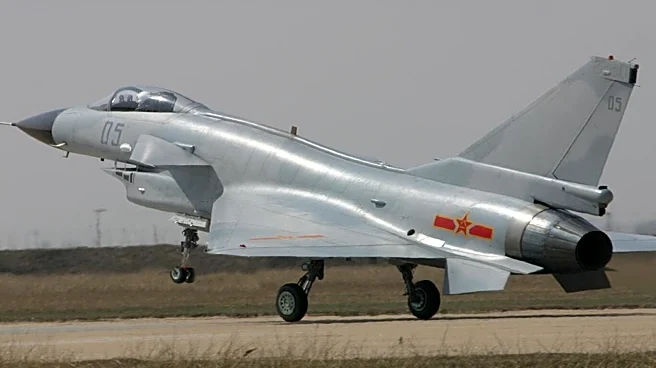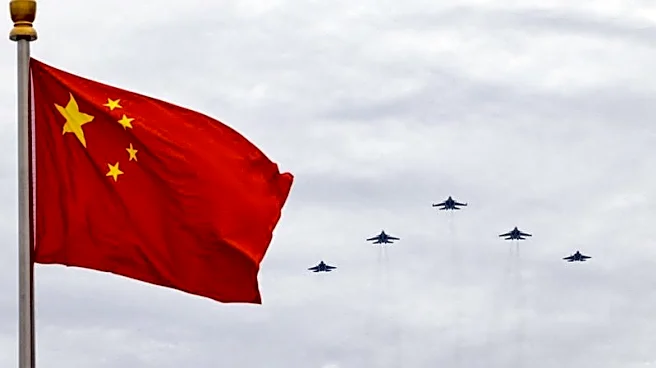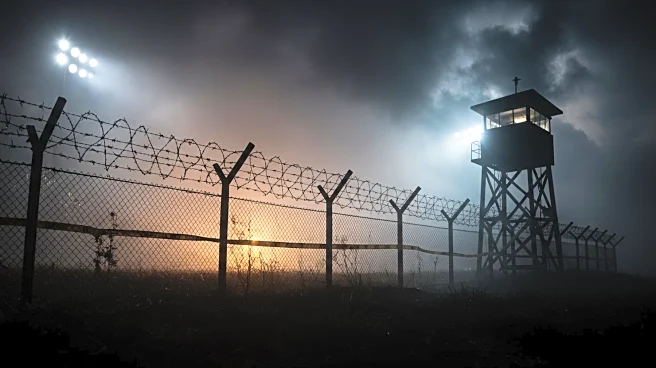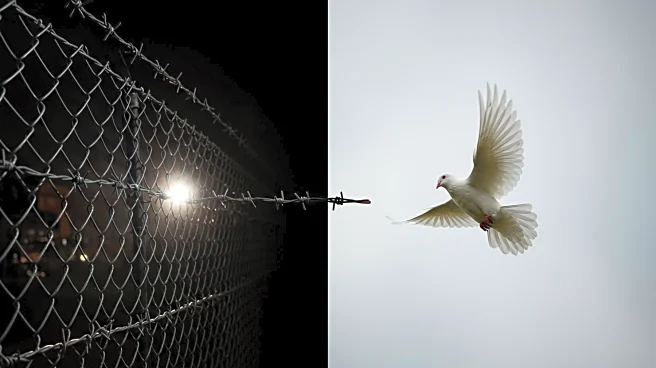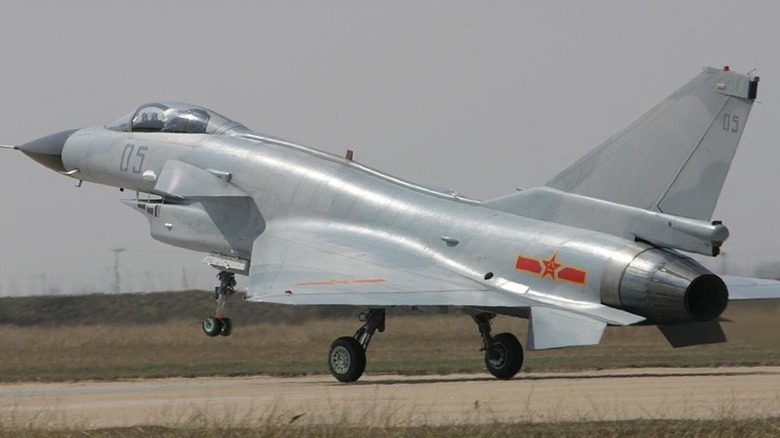
For a long time, the United States, the United Kingdom, and the Soviet Union have been the leaders in technologically advanced fighter jets. Recently, however, China has been catching up in terms of production capacity and innovation, with the 5th-generation fighter, the J-35, alongside its newest fighter jet, the Chengdu J-36. However, before these latest aircraft, China had long been manufacturing fighter jets, including the J-10 and the JF-17. While having the same Chinese lineage, these aircraft are
also different, primarily because the JF-17 is a joint project between China and Pakistan, and China doesn't operate it. Other key differences lie in their design, performance, and deployment.
The aircraft pictured above is the J-10 Vigorous Dragon, a 4th-generation jet built by Chengdu Aircraft Industry Group. Development on the J-10 started in the early 1980s, when the Chinese government decided to update its fighter fleet of old J-6 and J-7 jets, which were localized versions of Soviet MiG jets. A new fighter was needed to replace the aging jets, and several design proposals were submitted, with the entry from Chengdu Aircraft Industry Group being chosen. By 1988, work on the indigenous J-10 began, and its design included a delta wing configuration with canards, an intake under the front fuselage, and fly-by-wire controls. For its engine, the J-10 initially used an AL-31FN meant for SU-27 flankers.
The maiden flight of the J-10 was in 1998, and its first iteration, the J-10A, entered service in 2005. Now in its 20th year, the J-10's performance specs include a maximum speed of Mach 1.9, a service ceiling of 11.18 miles, and a range of 1,150 miles. An interesting aspect of the J-10 is the speculation on its design origins, which links it to the cancelled Israeli LAVI fighter, which itself was modelled after the iconic General Dynamics F-16 Fighting Falcon.
Read more: 10 Largest Air Forces In The World, Ranked By Military Aircraft Numbers
Jointly Developed Fighter

The JF-17 is a joint project between the Chengdu Aircraft Corporation of China, and Pakistan Aeronautical Complex. Built to replace 3rd-gen fighters, including the Mirage and F7, the JF-17 was designed to be a lightweight, single-engine, multirole combat aircraft. The genesis of the JF-17 came from the failed Super 7 fighter project between the American company Grumman and the Chinese government. This then led to the FC-1 aircraft project, where China invited Pakistan to become a partner in 1992. After several years of delays, the prototype was finally completed in 2003, and by 2007, the first batch of JF-17s was delivered to the Pakistani Air Force.
The JF-17 was derived from the earlier Chengdu J7, which in turn was based on the Soviet Cold War-era fighter jet, the MiG-21 Fishbed. Equipped with avionics and sensor systems, the JF-17 comes with a Klimov RD-93 turbofan engine, allowing it to reach Mach 1.6, with a range of 2,163 miles. Development on the JF-17 has continued; its latest version, the Block III, a 4.5-generation fighter, was released in 2023. The JF in the JF-17 means Joint Fighter, and it currently serves as a front-line fighter for Pakistan while also being operated by four other countries, Azerbaijan, Iraq, Myanmar, and Nigeria.
Chinese-made fighter jets have developed rapidly and are becoming increasingly advanced. Despite this improvement, there are still substantial challenges in its manufacturing, specifically for the development and production of engines. China's advancements in fighter aircraft have impacted global power dynamics and military spending, though it may take time to match the capabilities that Western countries have built over decades. Some analysts also note that questions remain about the extent to which these aircraft are fully indigenous, given similarities to Western and Russian designs.
Want the latest in tech and auto trends? Subscribe to our free newsletter for the latest headlines, expert guides, and how-to tips, one email at a time.
Read the original article on SlashGear.
